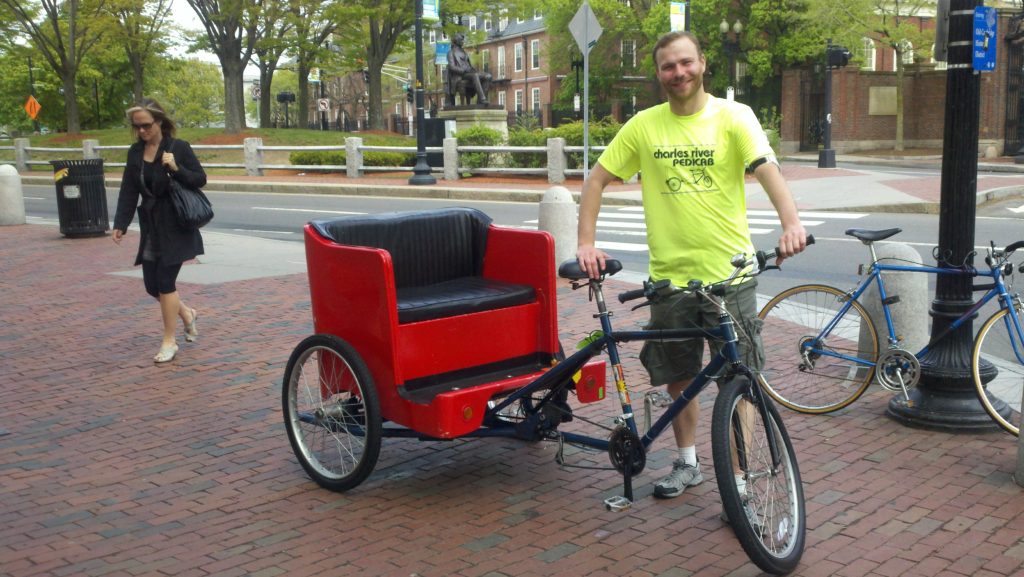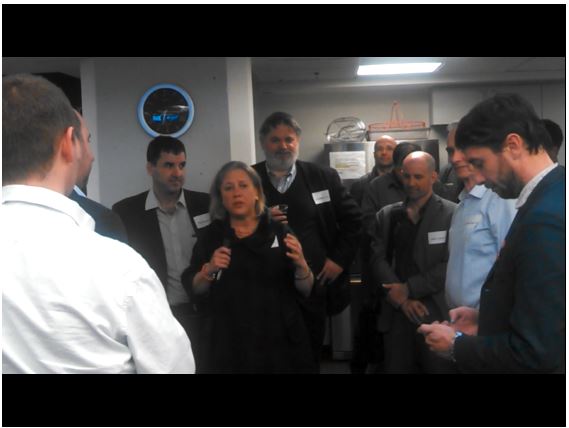Photos by Cambridge author/photographer Anita Harris --who ran all the way around Fresh Pond for the first...
Marketing
New Cambridge pedicab service looks like fun; pay what you like.
Anita Harris reports that Boston area acupuncturists are offering free services to help minimize post-traumatic stress...
Photo of US Senator Mary Landrieu at Venture Cafe, Cambridge Innovation Center, Cambridge, MA.
Latitude News seeks donations to produce weekly audio " Local Global Mashup Show" offering "the inside...
PR/social media consultant Anita Harris hopes Cambridge Innovation Center can maintain its warm, collaborative atmosphere...



